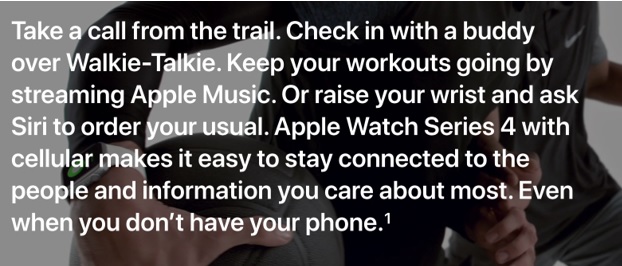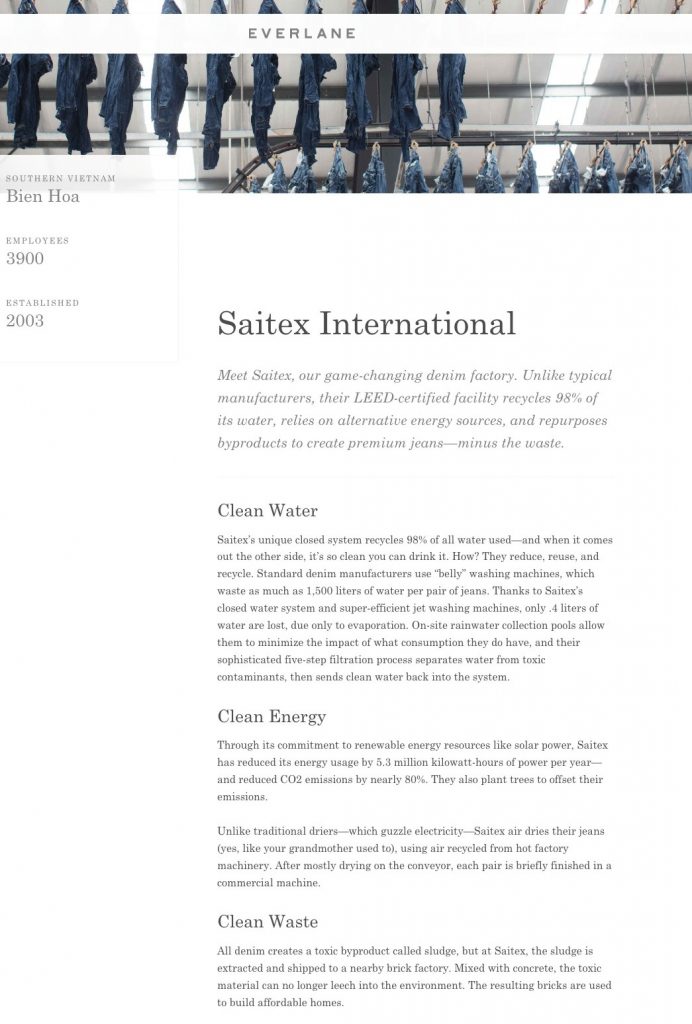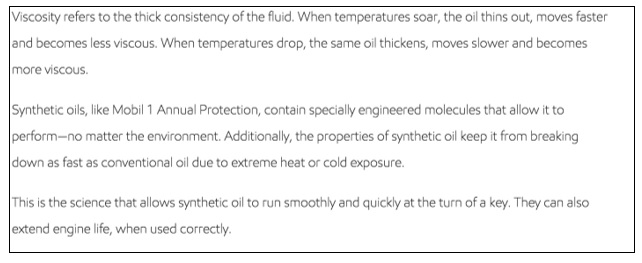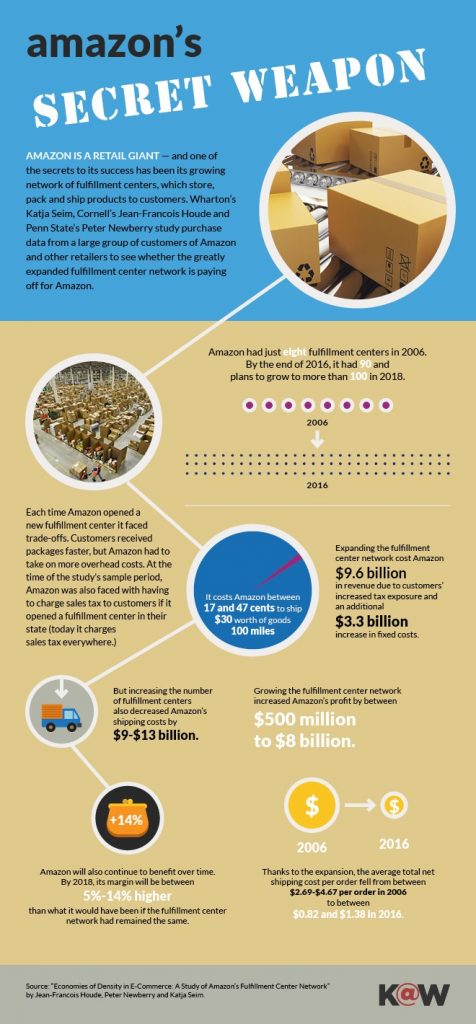Breaking “The Curse of Academia”: Subject Matter Expertise and Writing for a General Audience
March 13, 2019
You are an industry expert. You know your stuff. You wrote the book on it – literally. But when tasked with stepping outside of your industry-specific box — for example, if you’re asked to contribute copy to a sales brochure or draft an editorial for a customer-facing web copy — you often find that it’s easier said than done.
Why? It’s not a lack of expertise. And it’s not that you can’t write. But you’re also very close to the material, and you’ve grown accustomed to writing almost exclusively for an audience that speaks your language. You’re also probably used to writing in the highly formal style that’s often required for industry journals and technical papers.
We half-jokingly call this “the curse of academia” (although it applies equally to any field or industry, from oil and gas and finance to hospitality and HR). Fortunately, though, this “curse” can be lifted. Let’s take a look at a few ways you can make your subject matter more accessible to a non-technical audience.
Write like people speak.
In other words, aim for a conversational tone. In non-technical, non-academic settings, highly formal writing can come across as stuffy, stilted, or unnatural. A few keys to conversational writing include:
- Use contractions. Words like “you’re,” “it’s” and “they’re” always sound more natural and conversational than “you are,” “it is,” and “they are.”
- Use sentence fragments. Sentence fragments can create a more natural, less monotonous flow in your writing, especially when used immediately after a longer sentence. Make sense? If you’re trying to emphasize an idea, you can even use a one-word sentence. Really.
- Start sentences with “and,” “or,” “but,” etc. It might make your high school English teacher cringe, but in conversational writing, this is perfectly acceptable.
- End sentences with prepositions. At some point, someone probably told you that it was never, ever okay to end a sentence with a preposition (we’re looking at you again, high-school English teacher). This is simply not true. It’s perfectly acceptable to end a sentence with a preposition. In fact, sticking to this “rule” is a good way to create awkward, unnatural-sounding sentences (Need convincing? Check out this example from Quick & Dirty tips. We’re pretty sure you’ve never heard anyone say, “On what did you step?”)
Here’s a great example of conversational, non-technical marketing copy from Apple. This writing breaks several “rules” but it communicates the benefits of a highly technical product in a conversational, accessible way that just about anyone can understand:

Use plain, straightforward language.
Remember, when you’re writing for a general, non-technical audience, the goal is clarity. Whether you want to showcase the features and benefits of your product or explain what sets your company apart from the competition, it’s best to use clear, plain language. Avoid industry jargon and technobabble. Go easy on the acronyms, and if you must use one, write out the whole phrase on first use. And steer clear of overused stock phrases and buzzwords like “synergy.”
And, to be clear: “plain, straightforward language” does not mean “dumbed down.” Need proof? Consider online clothing retailer Everlane. The company, which has few physical storefronts, is popular for its durable, ethically sourced basics like jeans and t-shirts. Everlane also has a reputation for its transparency and open, honest communication. In this example, the company spotlights one of its denim factories in Vietnam and explains how its manufacturing processes help reduce waste.
This page has the potential to be bogged down with jargon, numbers, and “green” buzzwords – but it’s not. It’s clear and straightforward and it does a good job explaining a complicated topic in an uncomplicated, accessible way:

If it’s not common knowledge, explain it.
When you’re writing for people in your industry (or in related industries), you can assume that your readers know what you’re talking about. You likely don’t have to explain the basics of a product, service, tool, or technology. But when you’re writing for a general audience, you might want to back it up a bit and provide some basics.
In the example below, we learn why Exxon’s Mobil 1 Annual Protection explains the science behind synthetic oil — beginning with a quick lesson in viscosity. To a chemical engineer, this stuff is probably pretty basic. But to the average consumer, it provides important background knowledge and helps explain the benefits of the product:

Use graphics.
Sometimes, it’s easiest for the reader to “see” what you’re saying. Don’t shy away from using infographics, charts, illustrations, and other visuals.
Here’s great infographic about Amazon’s distribution network. Although it ran alongside a meaty article and podcast published by the University of Pennsylvania’s Wharton School, you don’t need advanced knowledge to understand it. You don’t even need to read the whole article to get the main takeaways:

When in doubt, get an outside perspective.
Is your writing clear? Have you skipped important steps or skimmed over critical background information? Does your writing make sense to a non-technical, non-industry audience? Chances are, you’re too close to your subject matter to tell. That’s when it helps to bring in a fresh set of eyes. Send your draft to someone in a different department or to a friend who is unfamiliar with your industry, product, or service. Ask them if it makes sense, if they can follow the logic, and if it raises any questions.






























